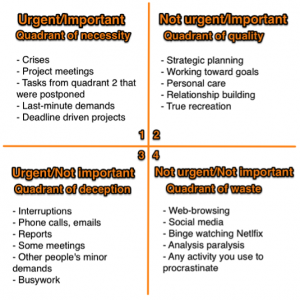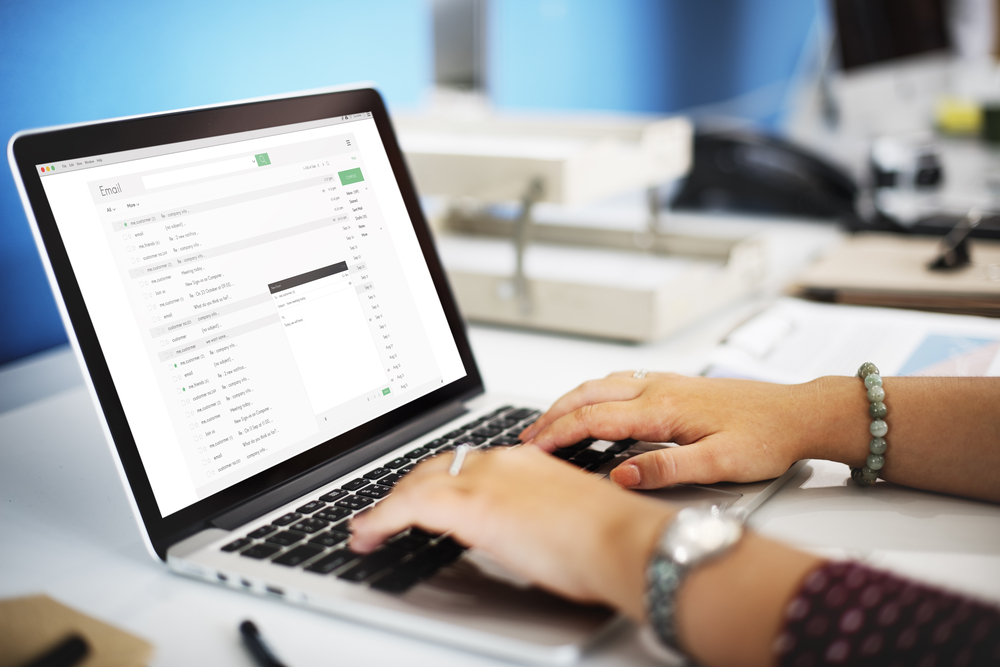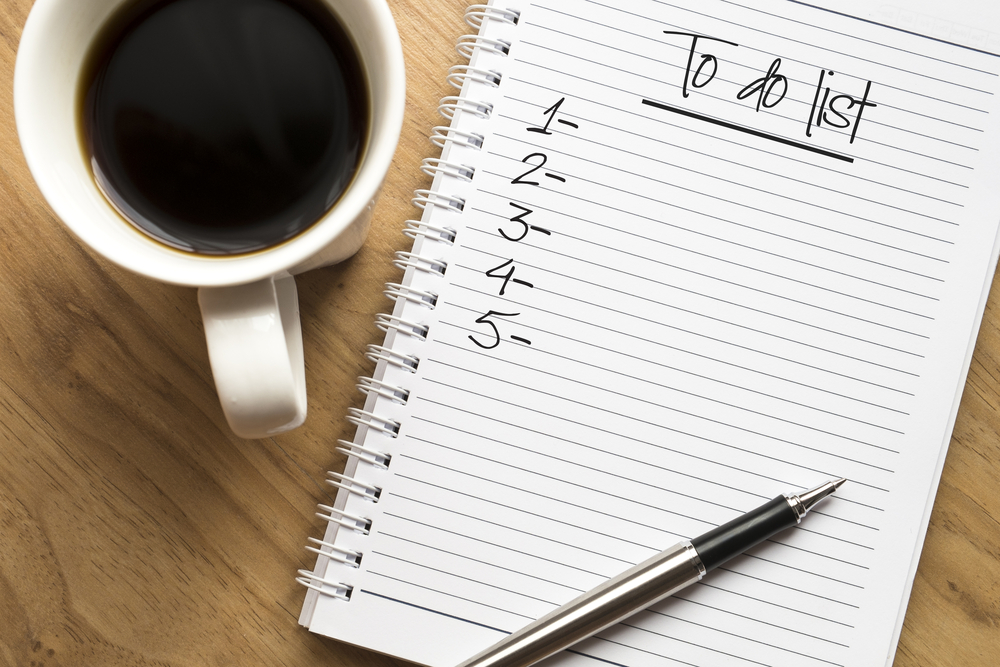Do you struggle to get your brain ticking in the morning, or just find that you’re most productive after you’ve gulped down your first coffee of the day? Maybe you’ve found that you have the best ideas at night, or you’re like the vast majority of us that experience that dreaded 3pm slump?
Either way, whether you’re bright eyed and bushy tailed at dawn, or find that you’d be more accurately described as a ‘night owl’, we all have a Power Hour, that certain time of day when we work our best.
As Voight Holgar, an expert in mind training, behaviour modification and personal development programs and founder of Mind Skill says:
“Productivity optimisation happens with effective brainwave management. Too much Beta brainwave activity, for too long, often leads to burn-out. We can learn to manage our brainwaves.”
Although you may not be aware of it, identifying your Power Hour can vastly improve your efficiency, and it’s time to use it to your advantage. Just work out when it is, and plan your day round it. As you’ll probably notice from looking at your own working patterns, this is the time of the day that you (or you should) tackle the biggest and most important tasks on your to-do list.
Kimberlee, money-saving and organizing expert at The Peaceful Mom, says:
“Scheduling a Power Hour has greatly increased my productivity and peace.” “The keys to making this strategy work are: scheduling it during the time of day that you are most alert (the early morning for me), limiting yourself to just one to three tasks to accomplish during that time, and making sure to eliminate ALL distractions like phone calls, emails, and social media.”
“I also motivate myself by beginning the hour with something fun like art journaling, or reading a short passage from a book I love.”
Robert Eisenstein is the owner of online baseball card and coin store, CardboardandCoins.Com. He also adds:
“I have a unique approach to productivity as I battle ADHD and it can throttle you to a stand-still if you let it. However, one of the key points is forcing myself to do the tough “thinking” work first; don’t dread it…just do it!”
As Neil O’Conchuir of Neil OC Performance says:
“People who incorporate a little exercise into their day, are known to have more motivation and ‘get go’ from the start. Exercise releases endorphins that help us in our day to day life and therefore allow you to concentrate more for a longer period of time. Learning to prioritize what is actually important can be a most valuable training tool.”
Feeling motivated? Here’s how to optimise your Power Hour to get the most out of your working day…
[line]
First thing’s first; define your Power Hour
It might seem like a minefield to determine when your Power Hour is, but it’s actually pretty simple if you start thinking about your working patterns.
For example, when do you usually complete your biggest tasks? Is it at the beginning of your working day, just before or after you’ve eaten your lunch, or closer to end of the day? If you’re able to answer this, then you should have no problem knowing when you hit your peak, working-wise.
If you’re still unsure, we recommend keeping a record of what you work on (and when) during a typical working day and week, as well as how quickly you completed each task. Do this for a couple of weeks, and you should be able to work out your natural Power Hour.
From this, you can then start planning your day accordingly for maximum efficiency and productivity.
However, did you know that epigenetics (the heritable change in gene function) can also have a say in when you’re at your most productive?
Angela Jenkins is a Health and Lifestyle Specialist, and she has a background as an exercise physiologist and functional health practitioner. She says:
“Since completing my Epigenetics Profile on the PH360 platform and finding out my natural daily rhythms based on my chronobiology, I’ve been able to make such a difference!
“It’s shown me that I focus best at certain times, as well as move and socialise during certain times of the day, which I can use to my advantage when working.”

Plan your day ahead
Now you’ve determined your Power Hour, it’s time to get organised! So, whether it’s at the end of the day or the first thing you do after you’ve switched on your computer and checked your emails (always do this first thing, if you can) start the rest of your day by making a to-do list.
The most effective way to structure this is by organising your tasks by priority. To do this, you’ll need to ask yourself the following questions; What needs to be done today? What deadlines am I working with? Which tasks should be my highest priority? And finally; can any of these wait until tomorrow or even later in the week to be completed?
Una McGuinness from Aspire also recommends working in this way. She says:
“Before you start work, it is important to write a to-do list. Setting your goals at the beginning of the day gives you a chance to digest the overall picture so no surprises pop up. Once you have written your list, you should prioritise your tasks based on importance and urgency. Planning your schedule around your energy can also help. If you know you work more productively after your morning coffee or lunch, plan the larger tasks for these times.”
To make things easier, a handy tip is to prioritise your work using the Urgent-Important Matrix (or the Eisenhower Matrix, as it’s also sometimes referred to). This is a four-section table where you organise your tasks list based on their importance and urgency.
For example, a task can be important, yet non-urgent, or not important, yet urgent.

Image source: Sandglaz
As the example shows, urgent/important tasks should be done first, and those that are not urgent/not important should have the least priority. It’s also important to remember that you should spend the most time completing your not urgent/important tasks to ensure they’re of a high standard.
However, as James Clear, professional blogger and author at www.jamesclear.com adds, it might take you a while to get into a routine that works for you. He says:
“On average, it takes more than 2 months before a new behaviour becomes automatic; 66 days to be exact (according to this study published in the European Journal of Social Psychology).”
“Interestingly, the researchers also found that missing one opportunity to perform the behaviour did not materially affect the habit formation process. In other words, it doesn’t matter if you mess up every now and then. Building better habits is not an all-or-nothing process.”
Another tip for helping you get into the habit of prioritising your workload is through regular exercise. Grant Harrison, the UK and Ireland Accounts Manager at Ashbourne Membership Management says:
“Regular exercises help to improve your focus and reduce your stress levels, which can increase your productivity in the workplace.”
“These two things are also the essential building blocks of developing a new positive habit.”
Damon Nailor, Life coach and Consultant added:
“Plan, organize, and prioritize your schedule, tasks, duties, and goals so that you are operating in an efficient manner making every moment count.”
Tackle admin when productivity is low
We all have a certain amount of admin that needs to be completed each day, whether that be simply checking and replying to emails, making phone calls, planning meetings or even sorting out paperwork.
Although it’s true that most workers will check their emails as soon as they switch on their computer, (which is what we’d advise doing so you can properly plan each day’s tasks) other administrative duties should be reserved for downtime. Yes, they might take a while to complete, but they’re typically more methodical in nature and require less creative thinking.
By reserving these tasks for downtime, you can give yourself the time to recharge your brain in a way, which should enable you to think clearer when tacking bigger and more creative tasks.
Pete Rawlings, Owner of the end of lease cleaning business, This is Neat, advises using the Pomodoro technique for more productive working. He says:
“The Pomodoro technique is where you allocate 25-minute blocks for working, and have a 5-minute break at the end of each block. However, 25 minutes is too short for me, so I split my day into 50-minute blocks instead. The idea is that once you’re in a block, nothing happens apart from focusing 100% on the one task you have dedicated to it.
“For each block, you should have a ‘distractions’ ban. This means, turn your phone onto ‘do not disturb mode’ so you receive no notifications, no messages, and no phones calls. Your phone will do absolutely nothing to notify you about anything. At the end of the 25 or 50 minutes, you can check your phone to see if you’ve missed anything, but if you’re in the zone, just keep going. You don’t want to interrupt that magical ‘flow’ state.”

Set-out a creative period
If you’re lacking inspiration when working on a project, then it might be a good idea to use your Power Hour as a ‘creative period’. Put simply, this means setting aside some time to do some uninterrupted planning and creative thinking.
This session can be either on your own or with a team; it’s all about how you feel you work your best!
So, what’s the best way to go about this? Firstly, set an agenda; make sure you determine what exactly you want to achieve in your creative thinking session (for example, writing the outline for an upcoming project, setting a deadline or conducting some research into a particular topic). Once this is done, you can dedicate an hour or two to getting this ticked off your to-do list.
Having a set creative period when you’re at most your most productive will help to ensure you achieve more in a shorter timeframe, which increases your productivity and helps you feel more accomplished.
However, it’s important to realise that not everyone works in the same way, and not everyone will be able to utilise their Power Hour for creative thinking sessions. In fact, you might find more success by choosing to bounce ideas off other members of your team at times when productivity is low.
Sure, this may seem counterproductive, but getting others’ input should re-jog your creativity and help to re-motivate you!
Now that you’ve found your Power Hour, it should be easy to prioritize your workload, work at your most productive, and achieve as much as possible in your working day!

